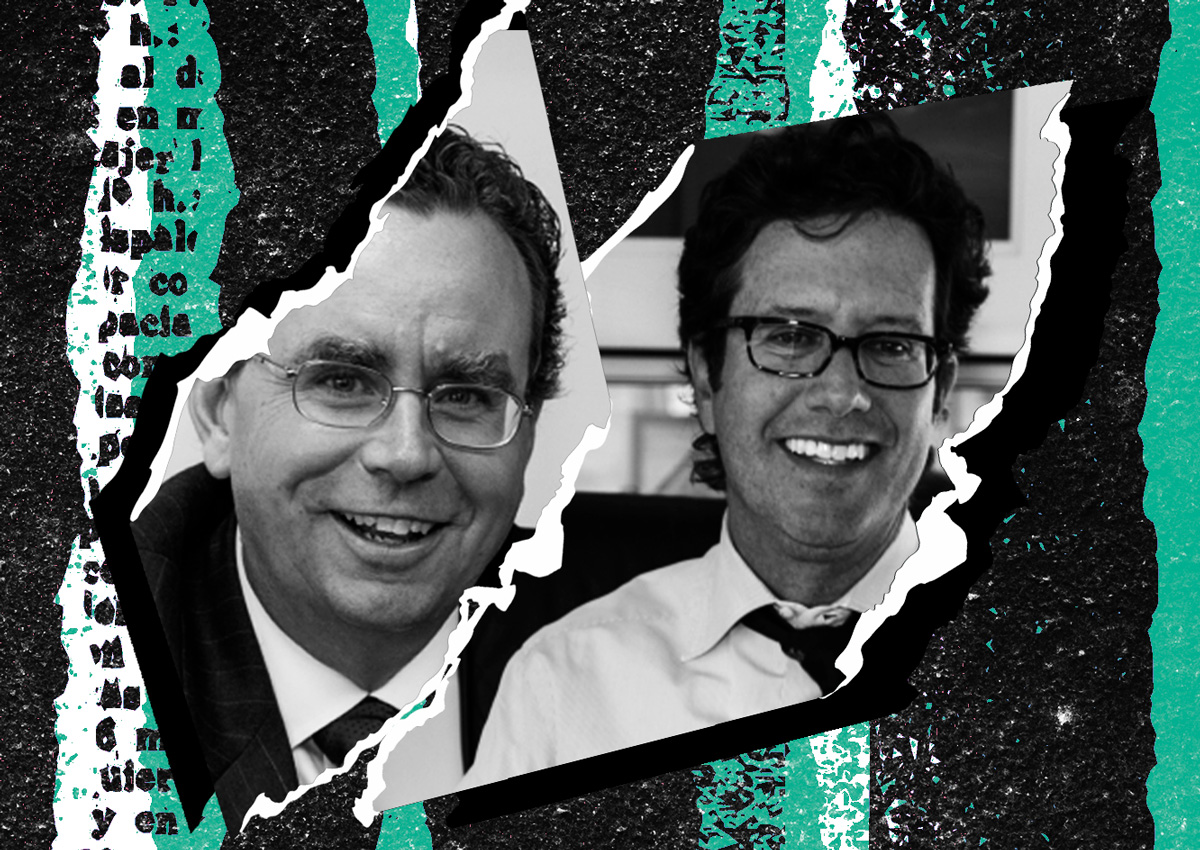The number of homeowners in Colorado fell further last year than in any other state, according to federal figures — but local economists and demographers pooh-pooh the data.
Homeownership in the Centennial State fell 7 percent in the fourth quarter to 62.7 percent of households, from 69.7 percent at the end of 2022, The Denver Post reported, citing figures from the U.S. Census Bureau. A 7.5 percent drop in ownership from 70.2 percent in the second quarter was even more dramatic.
The decline far exceeded any other state, including South Dakota, where ownership dropped 4.2 percent, and New Jersey, which had a 4 percent drop.
The average homeownership change across all states during the period was a decline of 0.4 percent — with 27 states reporting a decline and 23 reporting a gain.
The number of households in Colorado last summer was an estimated 2.28 million, according to the U.S. Census Bureau. If the 7 percent drop in Colorado’s homeownership rate is correct, then close to 160,000 households switched from owning to renting last year, a major decline.
When measured between 2018 and last year, Colorado had the second biggest drop in homeownership after Utah, falling to 62.7 percent, from 66.3 percent, according to Zoocasa, a proptech firm.
Across the U.S., the rate rose to 65.7 percent from 64.8 percent, despite a 50 percent leap in median home prices.
“During the pandemic, an influx of remote workers moved to Colorado. While the population has grown, many of these young professionals aren’t ready to make a major real estate investment,” Patti Cosgarea, director of content marketing at Zoocasa, told the Post in an email.
“With interest rates high and inventory still low, many short-term and permanent Colorado residents are choosing to rent for the time being,” she said.
An index from Florida Atlantic University puts Greater Denver in the overpriced housing market category, where it makes more sense to rent than to own — and where owning a comparable home comes at a cost premium of 23.7 percent.
Local numbers crunchers, however, aren’t buying it.
The Zoocasa ranking includes the suspect 62.7 percent ownership rate of the fourth quarter. The Post asked: Did that many people give up on owning and should policymakers, not to mention real estate brokers and homebuilders, be freaking out?
“Yeah, I really don’t believe that occurred,” said Brian Lewandowski, executive director of the Business Research Division at University of Colorado Boulder’s Leeds School of Business.
Large changes in homeownership take years, not six months, local economists and demographers say. More time is needed to confirm the trend, they caution.
Domestic migration in Colorado hasn’t changed much since the pandemic, and last year was no exception.
Nor are there signs of housing market distress like in the late 2000s, when the homeownership rate fell to 59.4 percent in early 2015, from 72.1 percent in early 2005.
A likelier explanation is statistical, they say, given that the ownership rate relies on a small sample of households. Samples come with a margin of error, or a range within which a number might be correct with a 90 percent level of confidence, according to the Post.
Last quarter had a margin of error of 3.8 percent, meaning Colorado’s ownership rate could have fallen in a range of between 58.9 percent to 66.5 percent. The fourth quarter of 2022, which was at 69.7 percent, had a margin of error of 3.6, putting it in a range of between 66.1 percent to 73.3 percent.
“If we use simple subtraction and addition, the estimates overlap and are not statistically significantly different from one another,” Cindy DeGroen, a projections demographer with the State Demography Office, told the Post.
Colorado still faces downward pressures on homeownership, including a lack of affordability.
In the fourth quarter, 23.9 percent of homes sold in Greater Denver were affordable to families earning the area median income, according to the Housing Opportunity Index published by the National Association of Home Builders and Wells Fargo.
Denver ranked 168th out of 241 metro areas tracked by the affordability index and Boulder was right behind it at 169th. Colorado Springs was even less affordable given the incomes available in that region and ranked 189th.
— Dana Bartholomew
Read more



